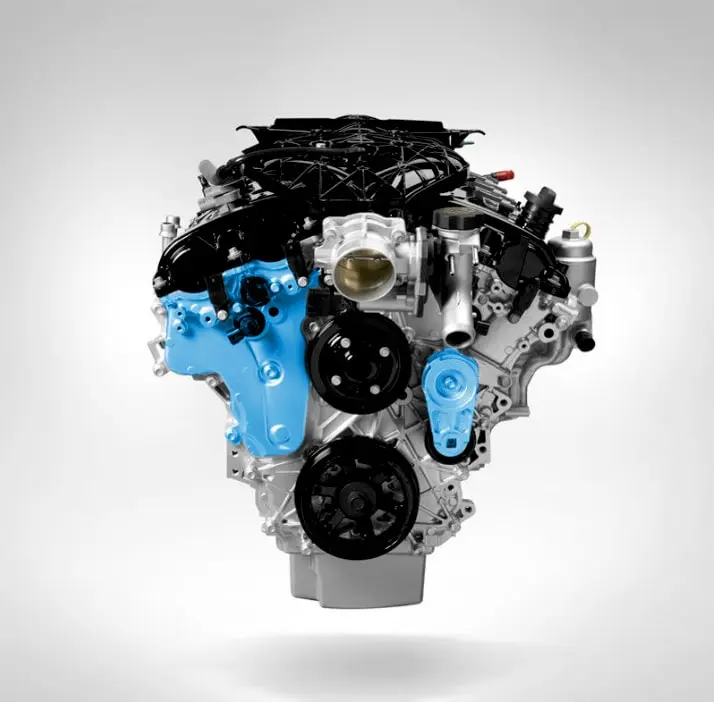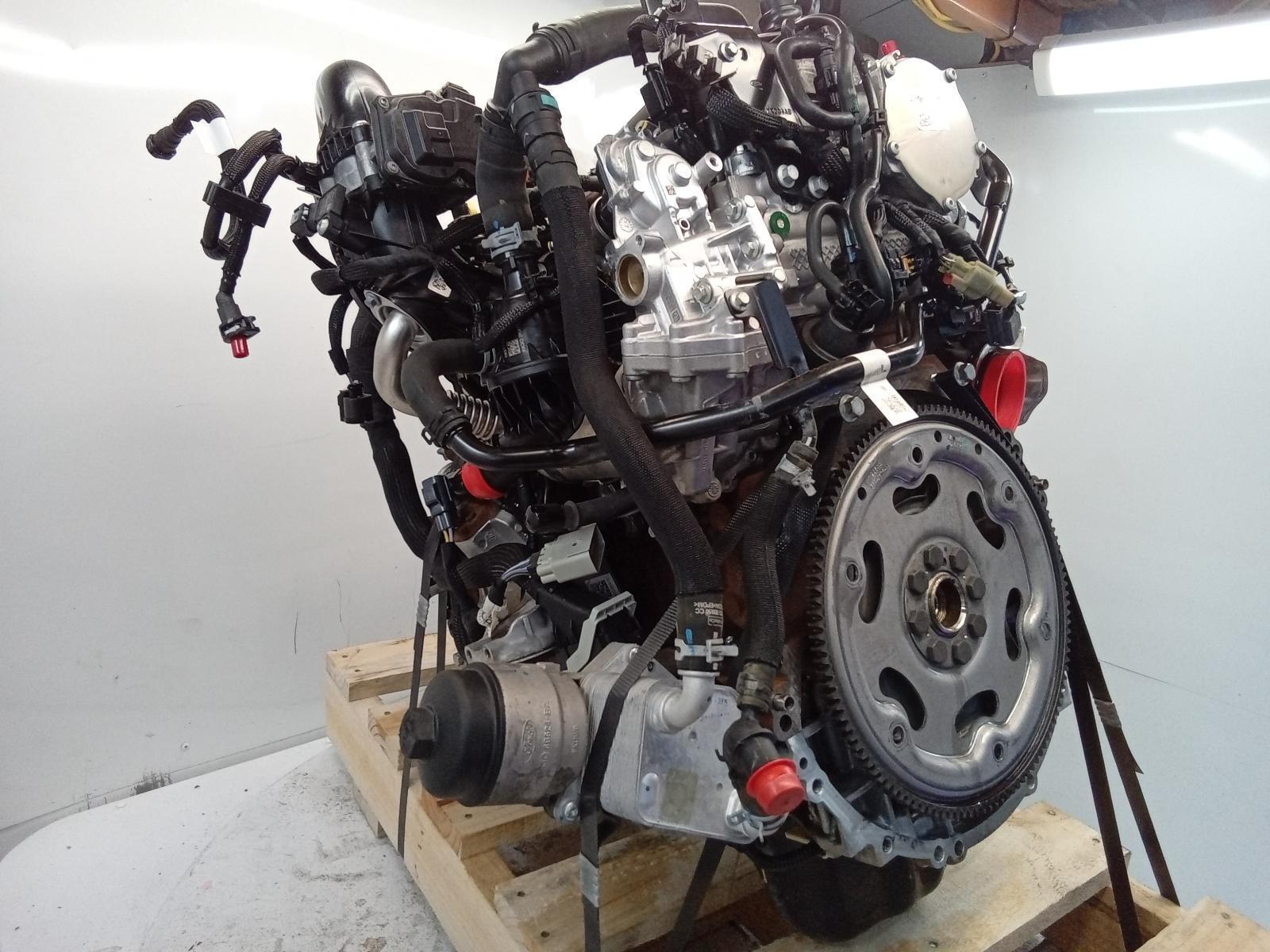Comprehending the Fundamentals of Automobile Engines: Kinds, Features, and Features

Summary of Cars And Truck Engines
A car engine functions as the heart of a lorry, converting gas into mechanical energy to push it ahead. This intricate system makes up different components that function in unison to guarantee optimum performance and performance. The basic operation of a car engine includes the inner combustion procedure, wherein gas and air are combined, sparked, and eliminated to produce power.
The engine's design can considerably influence its performance, fuel efficiency, and emissions. Secret components consist of the cyndrical tube block, pistons, crankshaft, and camshaft, each playing a vital role in the engine's total feature.
In enhancement to these elements, engines usually use various systems such as gas injection, ignition, and cooling systems to boost efficiency and longevity. Comprehending the basic technicians of automobile engines is necessary for executing and identifying problems maintenance, eventually adding to the automobile's integrity and performance in time.

Kinds Of Cars And Truck Engines
Vehicle engines can be classified into a number of types based on their design, gas type, and operational concepts. 2.2 ford ranger engine. One of the most typical categories consist of inner combustion engines (ICE), electrical engines, and hybrid engines
Inner combustion engines, which can be additional split into fuel and diesel motor, operate by firing up a fuel-air mixture to create power. Gas engines are commonly lighter and smoother, while diesel engines are more fuel-efficient and deal greater torque.
Electric engines utilize electric power stored in batteries to power an electrical motor, offering instant torque and no exhausts throughout procedure. As innovation breakthroughs, electric automobiles (EVs) are significantly coming to be prominent for their ecological advantages and reduced running prices.
Hybrid engines incorporate aspects of both inner combustion and electrical engines, enabling flexible source of power and boosted fuel performance. They can run in different settings, making use of either the gasoline engine, the electrical motor, or both all at once.
Each kind of engine has distinctive benefits and negative aspects, influencing their application in various lorry kinds and market sectors, from compact cars and trucks to sturdy vehicles. Comprehending these kinds is essential for making notified decisions relating to vehicle choice and efficiency assumptions.
Engine Features Discussed
Understanding engine features is important for understanding exactly how lorries operate effectively. At the core of any interior burning engine lies the basic process of transforming gas into power. This procedure starts with the consumption stroke, where air and fuel are drawn right into the combustion chamber. Following this, the compression stroke compresses the air-fuel combination, boosting its temperature level and stress.
The ignition occurs following, igniting the combination and developing a quick expansion of gases. This pressure drives the piston down throughout the power stroke, which eventually equates right into the rotational activity of the crankshaft. The exhaust stroke then gets rid of the spent gases from the chamber, making method for a brand-new cycle to begin.
Along with these main features, engines also include systems that handle cooling and lubrication, making sure ideal functional temperature levels and decreasing friction between moving components. This complex interaction of features enables the engine to generate the power essential for automobile propulsion while preserving efficiency and integrity. Understanding these go to this site functions provides beneficial insight right into the complexities of automotive design and boosts the ability to identify and deal with engine-related problems successfully.
Key Engine Functions
Engine layout encompasses a number of vital features that dramatically affect performance, resilience, and efficiency. Among the most critical aspects is the engine arrangement, that includes inline, V-type, and flat styles. Each setup affects the engine's dimension, equilibrium, and power outcome, thereby impacting general car dynamics.
Another vital function is the engine variation, describing the overall volume of all cyndrical tubes. Bigger displacements commonly yield even more power but might compromise fuel effectiveness. Engine materials likewise play a critical function; high-strength and lightweight materials, such as aluminum and magnesium alloys, enhance performance without including extreme weight.
The sort of fuel injection system used-- such as multi-port or straight shot-- impacts burning efficiency and discharges. Supercharging and turbocharging are features that boost engine efficiency by compeling additional air right into the combustion chamber, increasing power output without significantly increasing engine dimension.
Lastly, the presence of innovative engine management systems maximizes fuel-air combination and ignition timing, adding to smoother procedure and much better fuel economic climate. Jointly, these features specify an engine's capacities, setting the foundation for its efficiency and long life in a competitive automotive landscape.
Maintenance Tips for Engines
Appropriate engine maintenance is crucial for making certain ideal efficiency and durability, as neglecting routine treatment can result in significant issues down the line. To preserve your engine efficiently, start with normal oil changes, generally every 3,000 to 7,500 miles, depending on the sort of oil utilized. Fresh oil lubes engine elements, lowering friction and wear.
In addition, monitoring coolant levels is essential to avoid overheating. Guarantee that the coolant is topped up and remains in excellent condition to maintain effective temperature regulation. Regularly replace and inspect air and fuel filters, as blocked filters can prevent air flow and fuel distribution, endangering engine effectiveness.
Furthermore, pay interest to ignition system and ignition systems. Used or malfunctioning stimulate plugs can bring about the original source misfiring and minimized performance. Inspecting the battery terminals and links for corrosion is additionally crucial, as a weak battery can affect engine starting.

Final Thought
In summary, a thorough understanding of cars and truck engines incorporates numerous kinds, features, and key functions that considerably influence vehicle efficiency. Inner combustion engines, along with electrical and hybrid options, demonstrate diverse mechanisms for energy conversion. 2.2 ford ranger engine. Recognizing the necessary features, such as consumption and exhaust cycles, along with essential engine features like setup and gas injection systems, gears up vehicle my review here owners with the expertise needed for reliable upkeep and operation, inevitably improving vehicle longevity and efficiency
A car engine serves as the heart of an automobile, converting gas right into mechanical power to drive it forward. The essential operation of a cars and truck engine entails the internal burning procedure, wherein fuel and air are combined, ignited, and removed to produce power.
Routinely evaluate and change air and gas filters, as clogged filters can hinder air movement and fuel distribution, jeopardizing engine performance. - 2.2 ford ranger engine
In recap, a detailed understanding of automobile engines encompasses numerous kinds, functions, and essential features that significantly influence car efficiency. Identifying the vital functions, such as consumption and exhaust cycles, alongside critical engine functions like arrangement and fuel shot systems, gears up car owners with the knowledge necessary for efficient upkeep and operation, eventually enhancing car longevity and efficiency.